methanol maser detection with a small dish
Eduard Mol
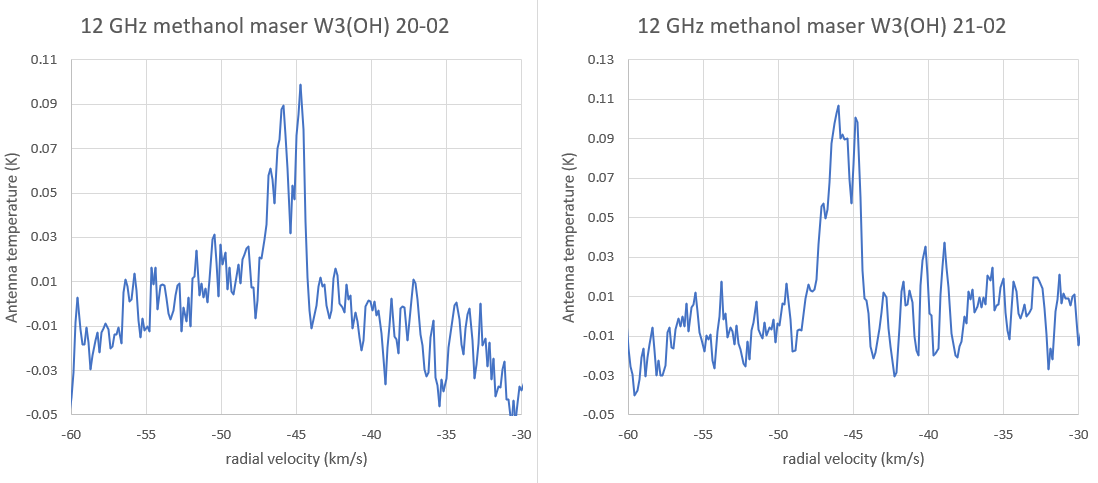
Eduard Mol
--
--
You received this message because you are subscribed to the Google
Groups "Society of Amateur Radio Astronomers" group.
To post to this group, send email to sara...@googlegroups.com
To unsubscribe from this group, send email to
sara-list-...@googlegroups.com
For more options, visit this group at
http://groups.google.com/group/sara-list?hl=en
---
You received this message because you are subscribed to a topic in the Google Groups "Society of Amateur Radio Astronomers" group.
To unsubscribe from this topic, visit https://groups.google.com/d/topic/sara-list/GL1xK_Kc-Q8/unsubscribe.
To unsubscribe from this group and all its topics, send an email to sara-list+...@googlegroups.com.
To view this discussion on the web visit https://groups.google.com/d/msgid/sara-list/69cd5806-945c-4b9a-b0d2-4d58033b468bn%40googlegroups.com.
fasleitung3
--
--
Marcus D. Leech
Hmmmm. CCERA is about to have a 1.8m dish freed up. Perhaps I should add "tracking mount" to my projects list. We already have a
handful of PLL Ku-band LNBFs--Avenger PLL321S-2...
Michiel Klaassen
--
--
You received this message because you are subscribed to the Google
Groups "Society of Amateur Radio Astronomers" group.
To post to this group, send email to sara...@googlegroups.com
To unsubscribe from this group, send email to
sara-list-...@googlegroups.com
For more options, visit this group at
http://groups.google.com/group/sara-list?hl=en
---
You received this message because you are subscribed to the Google Groups "Society of Amateur Radio Astronomers" group.
To unsubscribe from this group and stop receiving emails from it, send an email to sara-list+...@googlegroups.com.
To view this discussion on the web visit https://groups.google.com/d/msgid/sara-list/603419E5.6050709%40gmail.com.
Eduard Mol
To view this discussion on the web visit https://groups.google.com/d/msgid/sara-list/CAABBjRCQA39agsA-6aXN8CvgoBa12Nr7vf_AsLW%3Dfqegcrjmuw%40mail.gmail.com.
Marcus D. Leech
Hi Wolfgang, Marcus and Michiel,
Thank you all for the congrats!
This week I will do some more observations on W3. I think I will also average all spectra of the different days together at the end of the project, that way I can get a better SNR and compare it to Wolfgangs spectrum.
time to get decent results without tracking.
To view this discussion on the web visit https://groups.google.com/d/msgid/sara-list/CAFcm1Q4-EGF-sdq7tnRhQ-SWLQnrSVZdMShxC8XCxbXYRr_XoQ%40mail.gmail.com.
James Morris
--
--
You received this message because you are subscribed to the Google
Groups "Society of Amateur Radio Astronomers" group.
To post to this group, send email to sara...@googlegroups.com
To unsubscribe from this group, send email to
sara-list-...@googlegroups.com
For more options, visit this group at
http://groups.google.com/group/sara-list?hl=en
---
You received this message because you are subscribed to the Google Groups "Society of Amateur Radio Astronomers" group.
To unsubscribe from this group and stop receiving emails from it, send an email to sara-list+...@googlegroups.com.
To view this discussion on the web visit https://groups.google.com/d/msgid/sara-list/69cd5806-945c-4b9a-b0d2-4d58033b468bn%40googlegroups.com.
Eduard Mol


fasleitung3
Eduard Mol
James Morris
--
--
You received this message because you are subscribed to the Google
Groups "Society of Amateur Radio Astronomers" group.
To post to this group, send email to sara...@googlegroups.com
To unsubscribe from this group, send email to
sara-list-...@googlegroups.com
For more options, visit this group at
http://groups.google.com/group/sara-list?hl=en
---
You received this message because you are subscribed to the Google Groups "Society of Amateur Radio Astronomers" group.
To unsubscribe from this group and stop receiving emails from it, send an email to sara-list+...@googlegroups.com.
To view this discussion on the web visit https://groups.google.com/d/msgid/sara-list/28772298-bf7d-457c-9d5c-4eaa8da8d744n%40googlegroups.com.
Eduard Mol

fasleitung3
Eduard Mol


fasleitung3
Eduard Mol
--
--
You received this message because you are subscribed to the Google
Groups "Society of Amateur Radio Astronomers" group.
To post to this group, send email to sara...@googlegroups.com
To unsubscribe from this group, send email to
sara-list-...@googlegroups.com
For more options, visit this group at
http://groups.google.com/group/sara-list?hl=en
---
You received this message because you are subscribed to the Google Groups "Society of Amateur Radio Astronomers" group.
To unsubscribe from this group and stop receiving emails from it, send an email to sara-list+...@googlegroups.com.
To view this discussion on the web visit https://groups.google.com/d/msgid/sara-list/21b30be88d8de3d1af88ac6cae30926f5c4767a4.camel%40googlemail.com.
Eduard Mol


Michiel Klaassen
To view this discussion on the web visit https://groups.google.com/d/msgid/sara-list/a06b05b3-85ec-427b-a7c2-1e79f73c1c90n%40googlegroups.com.
Eduard Mol

Hamish Barker
To view this discussion on the web visit https://groups.google.com/d/msgid/sara-list/22087d35-f569-47dd-aad9-56bbcb677857n%40googlegroups.com.
Michiel Klaassen
To view this discussion on the web visit https://groups.google.com/d/msgid/sara-list/CAAdNG_LddBFMJ-8gYz7JXgO3p%2BXPtfXkwLXaoUGMSdH2Gd5kqw%40mail.gmail.com.
Eduard Mol
To view this discussion on the web visit https://groups.google.com/d/msgid/sara-list/CAABBjRCMF%3Dcm5L4e_5GFeLLA7EogCP50zMfEs-mbP-uwiZLHAg%40mail.gmail.com.
Michiel Klaassen
To view this discussion on the web visit https://groups.google.com/d/msgid/sara-list/CAFcm1Q4d4gqjLVxXSPF%3D7nv-YEg3g6E%3Dsrr7cJstJZqoTR-muQ%40mail.gmail.com.
Marcus D. Leech
Hi Eduard,
When I did the measurements, I noticed that the results varied because of the clouds passing through the beam.When the weather is bad, now I do not even start a session.I do the integration in 5 minute parts so I can judge each part to be added in the end result
Further I used the Avenger and Octagon LNB with PLL. I also tried to stabilize the temperature with an PTC heater.However it still was not stable enough, so I replaced the x-tal with a Leo Bodnar GPS disciplined oscillator signal.So the frequency stability is also a struggle.
To view this discussion on the web visit https://groups.google.com/d/msgid/sara-list/CAABBjRCMF%3Dcm5L4e_5GFeLLA7EogCP50zMfEs-mbP-uwiZLHAg%40mail.gmail.com.
Michiel Klaassen
To view this discussion on the web visit https://groups.google.com/d/msgid/sara-list/6064780D.60407%40gmail.com.
fasleitung3
Eduard Mol
--
--
You received this message because you are subscribed to the Google
Groups "Society of Amateur Radio Astronomers" group.
To post to this group, send email to sara...@googlegroups.com
To unsubscribe from this group, send email to
sara-list-...@googlegroups.com
For more options, visit this group at
http://groups.google.com/group/sara-list?hl=en
---
You received this message because you are subscribed to the Google Groups "Society of Amateur Radio Astronomers" group.
To unsubscribe from this group and stop receiving emails from it, send an email to sara-list+...@googlegroups.com.
To view this discussion on the web visit https://groups.google.com/d/msgid/sara-list/ceedbb0f03970fa6542e126839c7dea002a13cf5.camel%40googlemail.com.
drrichrussel
On May 6, 2021, at 5:30 AM, Eduard Mol <eddiem...@gmail.com> wrote:
To view this discussion on the web visit https://groups.google.com/d/msgid/sara-list/CAFcm1Q7F8qg2xt4rrTe0Li%3Dxz0v1--wxwQRjgh0NqVpr%3D4L2sA%40mail.gmail.com.
<20210506_132447.jpg><20210506_132507.jpg><20210506_132524.jpg><20210506_132539.jpg>
Anthony
Anthony
To view this discussion on the web visit https://groups.google.com/d/msgid/sara-list/CAFcm1Q7F8qg2xt4rrTe0Li%3Dxz0v1--wxwQRjgh0NqVpr%3D4L2sA%40mail.gmail.com.
Eduard Mol
You received this message because you are subscribed to a topic in the Google Groups "Society of Amateur Radio Astronomers" group.
To unsubscribe from this topic, visit https://groups.google.com/d/topic/sara-list/GL1xK_Kc-Q8/unsubscribe.
To unsubscribe from this group and all its topics, send an email to sara-list+...@googlegroups.com.
To view this discussion on the web visit https://groups.google.com/d/msgid/sara-list/1b6761a8-8284-46a7-8f95-07cf41dbe2a3n%40googlegroups.com.
Anthony
To view this discussion on the web visit https://groups.google.com/d/msgid/sara-list/CAFcm1Q4szT%2BHbGSyQGc2eqmWrjLCFKbJoo%3DzXBa6osdRQPMRoQ%40mail.gmail.com.
Eduard Mol
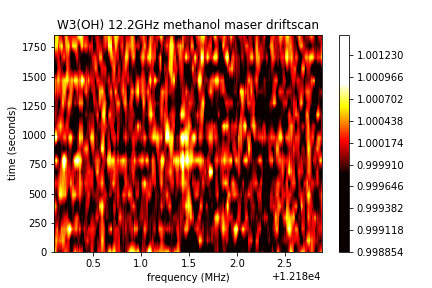
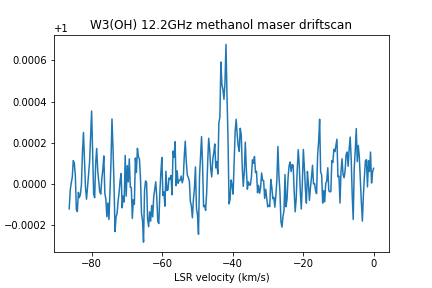
Michiel Klaassen
To view this discussion on the web visit https://groups.google.com/d/msgid/sara-list/08ea2cf8-1ab8-48d2-a811-845eee41033en%40googlegroups.com.
Dimitry UA3AVR
_plot_2022-08-26.png?part=0.1&view=1)
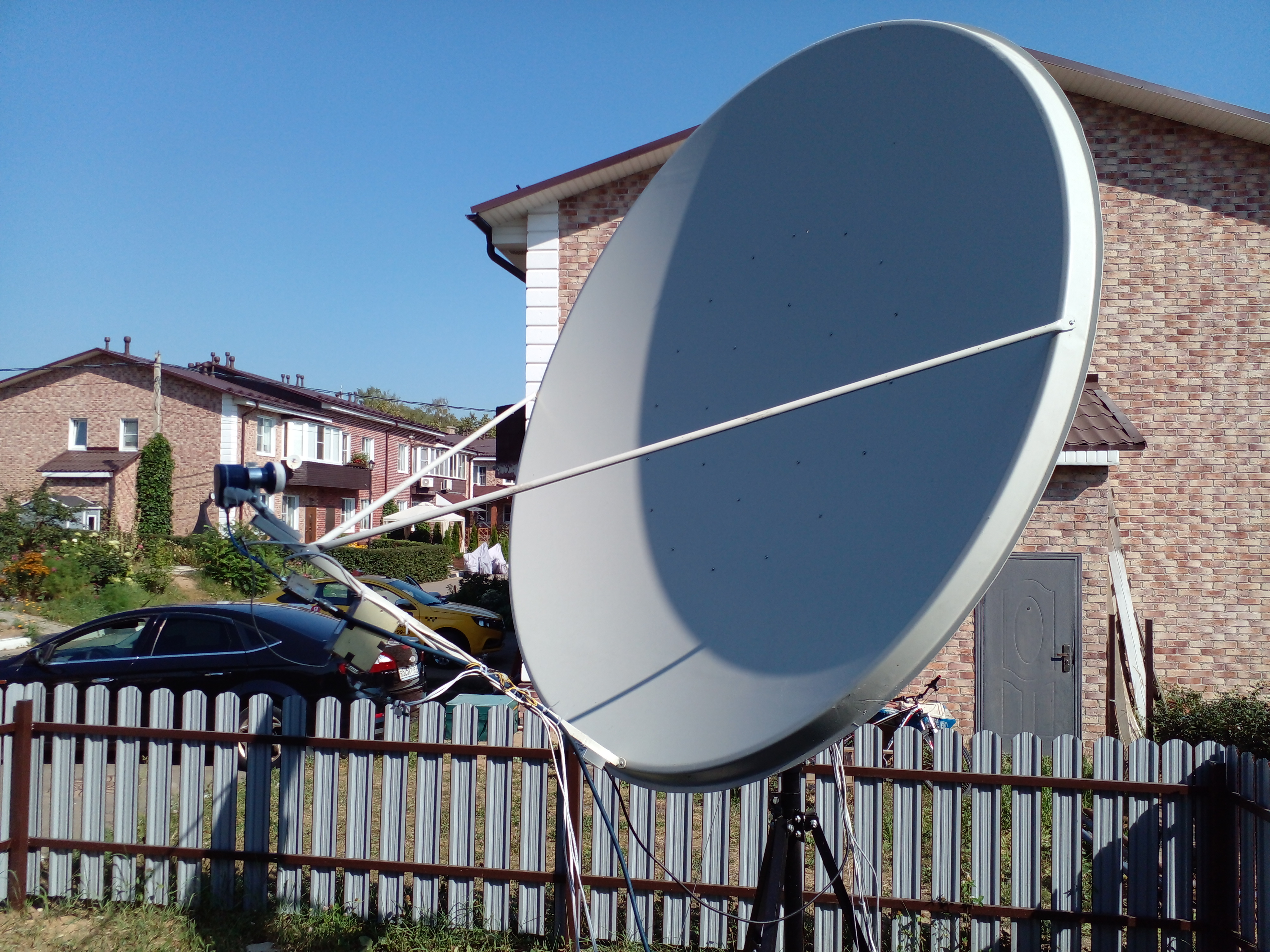
_plot_cubicSpline25pts_2022-08-26.png?part=0.3&view=1)
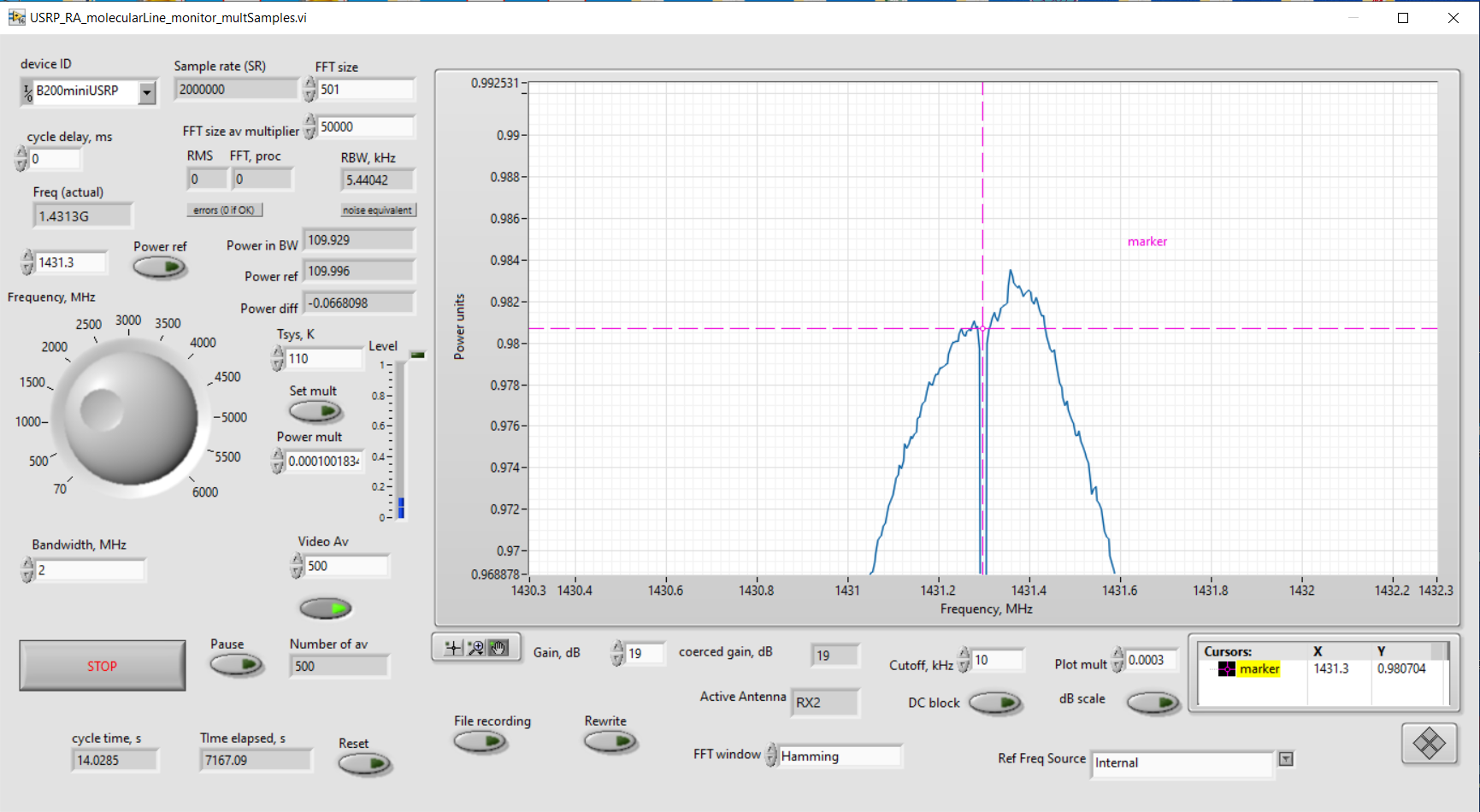
Eduard Mol
To view this discussion on the web visit https://groups.google.com/d/msgid/sara-list/859f2ccb-9ddc-4a8f-903a-2c0161def624n%40googlegroups.com.
Job Geheniau
Dimitry UA3AVR
Dimitry UA3AVR
Anthony
To view this discussion on the web visit https://groups.google.com/d/msgid/sara-list/859f2ccb-9ddc-4a8f-903a-2c0161def624n%40googlegroups.com.
Dimitry UA3AVR
Anthony
To view this discussion on the web visit https://groups.google.com/d/msgid/sara-list/2cff3492-d671-4294-bc64-81fbb3fde2afn%40googlegroups.com.
Marcus D. Leech
> I am familiar with that model.
>
> Would you mind sending me your email address to me, for further
> correspondence on the USRP device?.
>
>
> Thank you in advance.
>
tech-support for all USRP devices. If folks have questions,
or problems with their devices, don't hesitate to contact me, or use
the usrp-users mailing list for "community" support.
Anthony
--
--
You received this message because you are subscribed to the Google
Groups "Society of Amateur Radio Astronomers" group.
To post to this group, send email to sara...@googlegroups.com
To unsubscribe from this group, send email to
sara-list-...@googlegroups.com
For more options, visit this group at
http://groups.google.com/group/sara-list?hl=en
---
You received this message because you are subscribed to a topic in the Google Groups "Society of Amateur Radio Astronomers" group.
To unsubscribe from this topic, visit https://groups.google.com/d/topic/sara-list/GL1xK_Kc-Q8/unsubscribe.
To unsubscribe from this group and all its topics, send an email to sara-list+...@googlegroups.com.
To view this discussion on the web visit https://groups.google.com/d/msgid/sara-list/b03415d7-128c-51a7-3a62-c74278b99844%40gmail.com.
Marcus D. Leech
Thank you, Marcus!
Now, if only you had influence over the USPR-B210 expensive chip shortage (AD9361), causing the extremely long wait time of 80 - 85 days! 😉
I'm not sure it's it shortage or the time it takes to produce the chip and its expensive cost?
I did find an Asia site that has a knock off version of the B210: https://www.aliexpress.com/item/32994444653.html. or https://www.luowave.com/en/
The only issue, Luowave's current batch of USRP-LO B210 does not have the RF indicator for RX or TX, as the Ettus, original B210. This came from Luowave's, sales engineer that I reached out to.
That said, I found it difficult to pay $1,939.14, for this limitation, when the official Ettus USRP-B210 has the RF indicator inherently architected in its design.
The Ettus long extended wait time was my only reason for considering a knock-off version.
There are other B210 clones, but performance, power stability and warranty are major considerations.
Not mention some of these clones are substituting the AD9361 chip for an inferior chip.
It's the chip that's used in the ADALM Pluto, for example.
You received this message because you are subscribed to the Google Groups "Society of Amateur Radio Astronomers" group.
To unsubscribe from this group and stop receiving emails from it, send an email to sara-list+...@googlegroups.com.
To view this discussion on the web visit https://groups.google.com/d/msgid/sara-list/CAKU65Tw%2BQSyjhDJ6v2vuRyRyi4aHP5pu38saVrA7JHxe%2BpuwdQ%40mail.gmail.com.
Anthony
To view this discussion on the web visit https://groups.google.com/d/msgid/sara-list/d2dae2fc-b164-e555-3d36-2a8c45639c1b%40gmail.com.
Marcus D. Leech
Yes, the LEDs. Not sure that's a big deal, but for the price, shouldn't there be RX & TX LEDs.
provide support for them (obviously).
To view this discussion on the web visit https://groups.google.com/d/msgid/sara-list/CAKU65TzGdGh%3DgJk%2B0UwD0OHf%3DS-%2BAqpM9u3zEhiHmVm0EnsH4A%40mail.gmail.com.
Anthony
Hello dear Anthony,
We have sold many products on AliExpress, but only recent sales orders are displayed on AliExpress.
We prefer to let customers transfer money directly to us, because we have to wait a long time to receive payment for transactions on AliExpress.
Our products are the same as ettus products in performance and usage, but this batch of b210 has no RF indicator for receiving and transmitting.
Because the fpga chip of b210 is very expensive and out of stock, the production cycle of b210 will be very long. Our b210 has already produced a batch before, and there are still some in stock.
Best Regards,
Xiaoqiao Chen
Sales Engineer
Luowave SDR Co., Ltd.
To view this discussion on the web visit https://groups.google.com/d/msgid/sara-list/d2dae2fc-b164-e555-3d36-2a8c45639c1b%40gmail.com.
Anthony
To view this discussion on the web visit https://groups.google.com/d/msgid/sara-list/41014c81-e228-7292-0f1b-e439b9e02b9f%40gmail.com.
Larry Mayfield
Not sure where you arelocated, but Digikey says
RF Transceiver ICs | Electronic Components Distributor DigiKey
For thatIC
Larry
Pahrump…
You received this message because you are subscribed to the Google Groups "Society of Amateur Radio Astronomers" group.
To unsubscribe from this group and stop receiving emails from it, send an email to sara-list+...@googlegroups.com.
To view this discussion on the web visit https://groups.google.com/d/msgid/sara-list/CAKU65Tw%2BQSyjhDJ6v2vuRyRyi4aHP5pu38saVrA7JHxe%2BpuwdQ%40mail.gmail.com.
Anthony
To view this discussion on the web visit https://groups.google.com/d/msgid/sara-list/001701d8bafa%24278a3930%24769eab90%24%40mayfco.com.
Larry Mayfield
Another
ad9361xbcz | Octopart which says they have at least a path to them depending on the extra ,letters on the end of the basic \model num.
larry
Pahrump
To view this discussion on the web visit https://groups.google.com/d/msgid/sara-list/001701d8bafa%24278a3930%24769eab90%24%40mayfco.com.
Marcus D. Leech
>
>
> I chose the KrakenSDR because of cost and its potential as a coherent
> SDR, but didn't realize as Marcus put it, the futzing around with it,
> would take just to work with GN Radio or any RAS software. Outside of
> using the Heimdall DAQ Server software for a TCP Socket connection
> with the KrakenSDR is another piece to take into configuring the Kraken...
>
that Carl Laufer has just produced a Gnu Radio interface
for the KrakenSDR, which requires that you run the Heimdall DAQ as a
server, and Gnu Radio "talks" to it via TCP. This is
not a horrible interface, in fact, if it were my product, I'd
pre-package it with a rPi4 with the DAQ software configured to
auto-start when the system comes up, and pretend that "stack" of
KrakenSDR and rPi4 was "The Radio", and have my
host PC talk to it via a dedicated 1GiGe interface--much like you can
with several of the Ettus radios.
This is super-new, like a week old. Until I find time to experiment
with it myself, I pass no judgement good or bad on it.
It has been the case up until this point that the KrakenSDR project
was struggling to get a Gnu Radio interface written,
because their team weren't Gnu Radio people, and they were focused
very much on the D-F aspects of this radio,
rather than the more-generic "N coherent radio channels" aspect.
Anthony
--
--
You received this message because you are subscribed to the Google
Groups "Society of Amateur Radio Astronomers" group.
To post to this group, send email to sara...@googlegroups.com
To unsubscribe from this group, send email to
sara-list-...@googlegroups.com
For more options, visit this group at
http://groups.google.com/group/sara-list?hl=en
---
You received this message because you are subscribed to the Google Groups "Society of Amateur Radio Astronomers" group.
To unsubscribe from this group and stop receiving emails from it, send an email to sara-list+...@googlegroups.com.
To view this discussion on the web visit https://groups.google.com/d/msgid/sara-list/8986d836-3b9d-50d1-678a-64f171d1769b%40gmail.com.
Anthony
To view this discussion on the web visit https://groups.google.com/d/msgid/sara-list/002001d8bb00%24286fa870%24794ef950%24%40mayfco.com.
Anthony
Yes, the LEDs. Not sure that's a big deal, but for the price, shouldn't there be RX & TX LEDs.
Thanks, Marcus, for clarifying.I knew there was a reason for inferiority or I should say limitations with the AD9363 versus the AD9361. 😊
Dimitry UA3AVR
Hi all,Over the past few months my father and I have been working on a small radiotelescope for centimetre wavelengths. I was interested in observing methanol and water masers at 12 and 22 GHz, but the mesh surface of my 3 metre dish is not good enough for such high frequencies. Moreover, pointing and tracking by hand is very difficult at such high frequencies. Therefore, I decided to buy a smaller solid offset dish which was light enough for my HEQ5 equatorial mount. this solves at least most of the tracking and pointing problems. However, the dish has a diameter of only 1 metre, so its surface area is 9X smaller than that of a 3 metre dish.I decided to start working on the 12,178 GHz methanol line first. In an earlier thread on this forum (https://groups.google.com/g/sara-list/c/9OW8LU9LGvU) Michiel Klaassen and Wolfgang Herrmann pointed out to me that detecting water and methanol masers should be possible with a 3 metre dish. They also mentioned that 12 GHz methanol was easier on the receiver side because LNBs for this frequency range are widely available.W3(OH) should be one of the brightest methanol masers in the northern sky, Blaszkiewicz el al. (2004) mentioned a flux density of 793 Jansky. I calculated that with my 1 metre dish and an aperture efficiency of 0.5, an ~800 Jy source should give an antenna temperature of 0.1 kelvin. I tried to calculate the minimum integration time needed to detect W3(OH) using the radiometer equation. With a Tsys of 100 kelvin, an aperture efficiency of 0.5 and a bandwidth of 10 KHz I would need about an hour to detect a 0.1 K difference with an SNR of 5. Of course, this is the theoretical minimum integration time, so it might be much harder in reality. However, I decided that this was still worth giving a try.I used an inverto Ku band single PLL LNB to downconvert the 12 GHz signal to L-band. the LNB has 2 local oscillators, I needed to switch on the high band 10.6 GHz LO, This is done by inserting 22 KHz tone. My father built a special power supply which delivers 12V DC with the 22 KHz tone superimposed, this is fed into the LNB via a bias tee. I tested how much the LO frequency drifts and found that it only drifted about 10- 15 KHz in a few hours. this is much less than the width of the maser line, so I decided it was not necessary to modify the LNB for higher stability.On the evenings of february 20 and 21, I tried to detect the methanol maser of W3(OH). Integration time was 2 hours on the first evening and 3 hours on the second. I also measured the Astra 3B beacon again after the observations to measure the frequency offset of the LO. On both evenings I detected a weak 0.1K signal at around -45.5 km/s. It looks quite convincing but I first want to make sure it is not some weird form of RFI.To be continued....Eduard Mol
Eduard Mol
--
--
You received this message because you are subscribed to the Google
Groups "Society of Amateur Radio Astronomers" group.
To post to this group, send email to sara...@googlegroups.com
To unsubscribe from this group, send email to
sara-list-...@googlegroups.com
For more options, visit this group at
http://groups.google.com/group/sara-list?hl=en
---
You received this message because you are subscribed to the Google Groups "Society of Amateur Radio Astronomers" group.
To unsubscribe from this group and stop receiving emails from it, send an email to sara-list+...@googlegroups.com.
To view this discussion on the web visit https://groups.google.com/d/msgid/sara-list/958882db-0d19-40f8-9e3b-28b02bcdd268n%40googlegroups.com.
Dimitry UA3AVR
Dimitry UA3AVR


Hi all,here a short report of last weeks attempts to detect G188.94+0.89 with the 1.1 metre "mini maser telescope". I have observed this maser on four evenings for about 2.5 hours. Because this object is much weaker than W3(OH), the maser line is barely visible with 2.5 hours of observing time.I averaged all the spectra from the four observing sessions (in total nearly 10 hours of observations), and I reduced the spectral resolution to 15KHz. There is a small peak at 10.9 km/s, this corresponds well with the velocities found in the literature.Detecting G188.94+0.89 with such a small dish is very challenging, it seems to be right at the limit of what is possible with a 1 metre dish but that also makes it more interesting and fun.Best regards,Eduard.
Op zaterdag 20 maart 2021 om 23:14:44 UTC+1 schreef Eduard Mol:Hi Wolfgang,Thanks, next week I will try G188 if the weather is good enough. It will be a while before I post on the results, given the low flux density I expect that it will take multiple evenings worth of measurements to detect it.Best regards,EduardOp za 20 mrt. 2021 20:53 schreef 'fasleitung3' via Society of Amateur Radio Astronomers <sara...@googlegroups.com>:Hi Eduard,Thank you for the update. This is a very nice confirmation that indeed your signal is from the W3 Methonol maser.The next option would be G188.94+089. This, however, is only a about a quarter of the intensity of W3, so this is going to be tight.See http://adsabs.harvard.edu/pdf/1993A%26AS...98..127C for details.Best regards,WolfgangAm Samstag, den 20.03.2021, 09:14 -0700 schrieb Eduard Mol:Hi Wolfgang, hi all,Last week I tried to accurately measure the frequency of the Astra 3B beacon by using a beacon with a more certain frequency. I used the two beacons of the eshail2 satellite which mark the lower and upper boundary of the amateur radio downlink. These beacons are at 10489.500 and 10489.750 MHz according to the bandplan published by amsat-dl (https://amsat-dl.org/wp-content/uploads/2020/02/AMSAT-QO-100-NB-Transponder-Bandplan-Listing.png). After frequency correction using the eshail2 beacons I found that the the Astra beacon is at 11446.7266 MHz. Furthermore, there was a small error in my frequency correction. Now, with these issues fixed, the velocity deviation is much smaller, at most a few hundred m/s.I also did another observation of W3(OH) yesterday, and the line is still at the same LSR-corrected velocity. So it seems that the signal is indeed the methanol maser of W3(OH).I decided to call the little 1.1 metre dish setup the "mini maser telescope" from now on, hopefully it will see more masers in the future. I wonder if there are any other methanol masers which may be detectable with this setup.Best regards,Eduard.
--
--
You received this message because you are subscribed to the Google
Groups "Society of Amateur Radio Astronomers" group.
To post to this group, send email to sara...@googlegroups.com
To unsubscribe from this group, send email to
sara-list-...@googlegroups.com
For more options, visit this group at
http://groups.google.com/group/sara-list?hl=en
---
You received this message because you are subscribed to the Google Groups "Society of Amateur Radio Astronomers" group.
To unsubscribe from this group and stop receiving emails from it, send an email to sara-list+...@googlegroups.com.
To view this discussion on the web visit https://groups.google.com/d/msgid/sara-list/21b30be88d8de3d1af88ac6cae30926f5c4767a4.camel%40googlemail.com.
Eduard Mol
You received this message because you are subscribed to a topic in the Google Groups "Society of Amateur Radio Astronomers" group.
To unsubscribe from this topic, visit https://groups.google.com/d/topic/sara-list/GL1xK_Kc-Q8/unsubscribe.
To unsubscribe from this group and all its topics, send an email to sara-list+...@googlegroups.com.
To view this discussion on the web visit https://groups.google.com/d/msgid/sara-list/46a9a056-f45c-4c18-b471-1e228d52b406n%40googlegroups.com.
Dimitry UA3AVR
... this maser is well detected, but NGC 7538 was not seen after 2 attempts, nor even a hint of presence. Altgough its expected peak flux is almost the same.
Eduard Mol
To view this discussion on the web visit https://groups.google.com/d/msgid/sara-list/d7b17820-f0c6-4212-83ba-5b0b95f0294an%40googlegroups.com.
Dimitry UA3AVR
fasleitung3
Michiel Klaassen
Yes, I have also published a graph of W3(OH)@12GHz on my website,
but because of the infinite genocide of the russians in Ukraine I have blocked russians from my site and the Camras forum.
Michiel
--
--
You received this message because you are subscribed to the Google
Groups "Society of Amateur Radio Astronomers" group.
To post to this group, send email to sara...@googlegroups.com
To unsubscribe from this group, send email to
sara-list-...@googlegroups.com
For more options, visit this group at
http://groups.google.com/group/sara-list?hl=en
---
You received this message because you are subscribed to the Google Groups "Society of Amateur Radio Astronomers" group.
To unsubscribe from this group and stop receiving emails from it, send an email to sara-list+...@googlegroups.com.
To view this discussion on the web visit https://groups.google.com/d/msgid/sara-list/05a2e47c6fd0bda4985758f731ec033944a5e199.camel%40googlemail.com.
Eduard Mol
To view this discussion on the web visit https://groups.google.com/d/msgid/sara-list/CAABBjRCcRi3-P9MnWKPCEDpu7ERiB2qPjwZsogKMC4JjoDMkNg%40mail.gmail.com.
Dimitry UA3AVR

Hi Dimitry,
Eduard Mol
To view this discussion on the web visit https://groups.google.com/d/msgid/sara-list/5b345027-1ec3-4753-8dc3-01ea22f98865n%40googlegroups.com.
Dimitry UA3AVR
Dimitry UA3AVR
as i guess, W3(OH) line 12 GHz is missed in https://maserdb.net/ because of this database initially created for variable (or Mira) stars masers. W3(OH) is not one of such masers and behaves rather stably.
Regards, Dimitry UA3AVR.
Hi Dimitry, I am not sure why the W3(OH) 12.2 GHz maser is not included. It seems like the 12.2 GHz line is not observed very often, probably because there is a stronger methanol maser line at 6.668 GHz, and because of RFI from satellites in the 10-12GHz band. There are some published observations of W3(OH) at 12.2GHz, see for example https://adsabs.harvard.edu/pdf/1993A%26AS...98..127C.Best regards,Eduard
Eduard Mol
To view this discussion on the web visit https://groups.google.com/d/msgid/sara-list/69c6629f-d332-4a22-981d-ac9d674b47ddn%40googlegroups.com.
